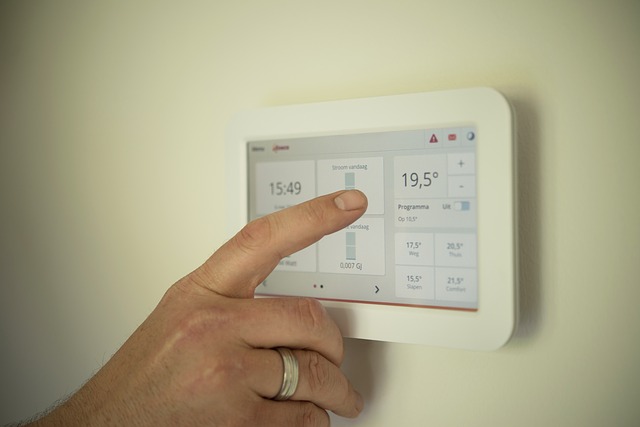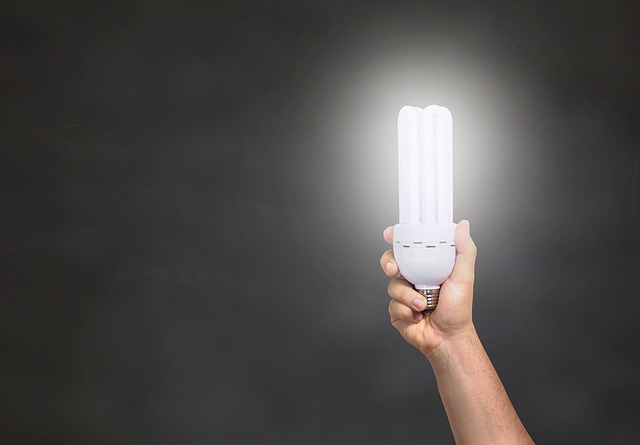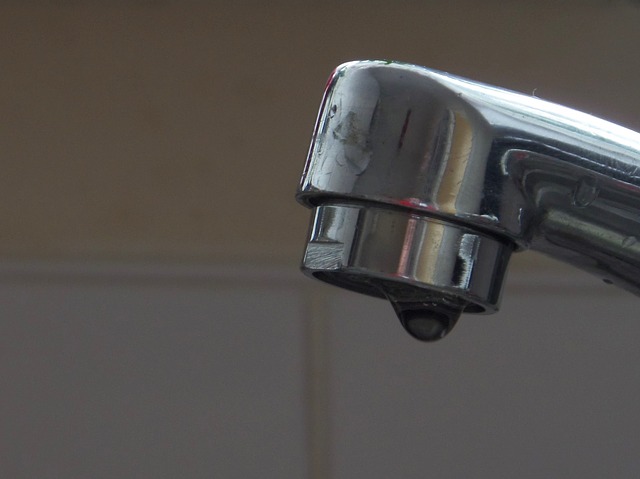It’s getting cold out there and that means it is starting to get expensive again to keep warm inside. Here is a list of some easy to do reminders to help keep those energy costs down.
Thermostat
Install a programmable thermostat: When properly set, a thermostat can reduce heating and cooling costs by up to 10 per cent. Set your thermostat to 20°C (68° fahrenheit) when you’re at home and 18°C (64° fahrenheit) when sleeping or away.
Lose the Drafts
Install weatherstrip around doors, fireplace dampers, attic hatches and air conditioners. Reducing drafts can save up to 30 per cent a year on heating costs.
Filters
Flip your furnace filter: Change your furnace filter monthly. It’s also a good idea to have your furnace serviced by a professional every year to ensure it is running at maximum efficiency.
Go off-peak
Take advantage of lower energy prices during off-peak hours. Run your dishwasher, washer and dryer early in the morning, in the evening or on weekends when electricity rates are lowest. To see the time-of-use rates fo the the link HERE
Unplug Stuff
Unplug electronic items not in use. It is amazing how many things we have that are plugged in that are ot necessary and taking up power. For example: Devices like computers, TVs, and cell phone chargers continue to consume small amounts of electricity unless they are unplugged. Try plugging these items into a power bar with a switch or timer, so you can easily turn them off when they are not needed.
Lock in the heat
Block heat from entering unused areas of your house, like a storage room or crawlspace, by closing doors. Keep closet doors shut too.
Energy Efficient Lighting
When it’s time to replace a light bulb, choose energy-efficiency compact florescent lights (CFLs, LEDs), rather than incandescent lights.
Energy Efficient Appliances
Old appliances suck a lot of energy. For example, by replacing a pre-1994 washer with a new Energy Saver model, the average family of four can save about $110 per year on utility bills.
Sunshine
Let mother nature help you out with some natural heating. During the day, keep your curtains open to draw in sunlight. Solar energy can help naturally warm your home.
Fridge Coils
Be sure to regularly brush or vacuum your refrigerator coils to make them more energy-efficient.
Dripping Faucets
Make an effort to quickly repair leaky faucets. Even a small drip can waste litres of water per month and add to your water heating costs.
Consider a Home Energy Audit
Also known as a Home Energy Assessment, an energy audit is basically when an auditor comes to look at your house or building to see how energy efficient it is, and to look for opportunities for upgrades to help you save energy – and money on your energy bills.
The typical homeowner doesn’t know how efficient their windows are, for example, or their walls, or why one room is colder than another. An energy audit can tell you whether your bills are high because of your own habits or because of energy inefficiencies in your home, so you find the best ways to reduce them.
Stuff they test includes: How the house is built, what kind of insulation and windows it has. The type of heating it has and its efficiency, as well as the type of hot water heater and how efficient that is.
A blower door test is also done which is essentially a big fan that’s fitted into the front doorway which sucks air from inside the house to the outside. This causes air to come rushing back into the house from the outside through all the little nooks and crannies the home. Readings from the test to help estimate the size of a hole in the house that’s letting the energy out, so we can tell whether the house is considered drafty.
For more information about this locally, see the phone numbers below. You can also visit the Enbridge website HERE.
Niagara












